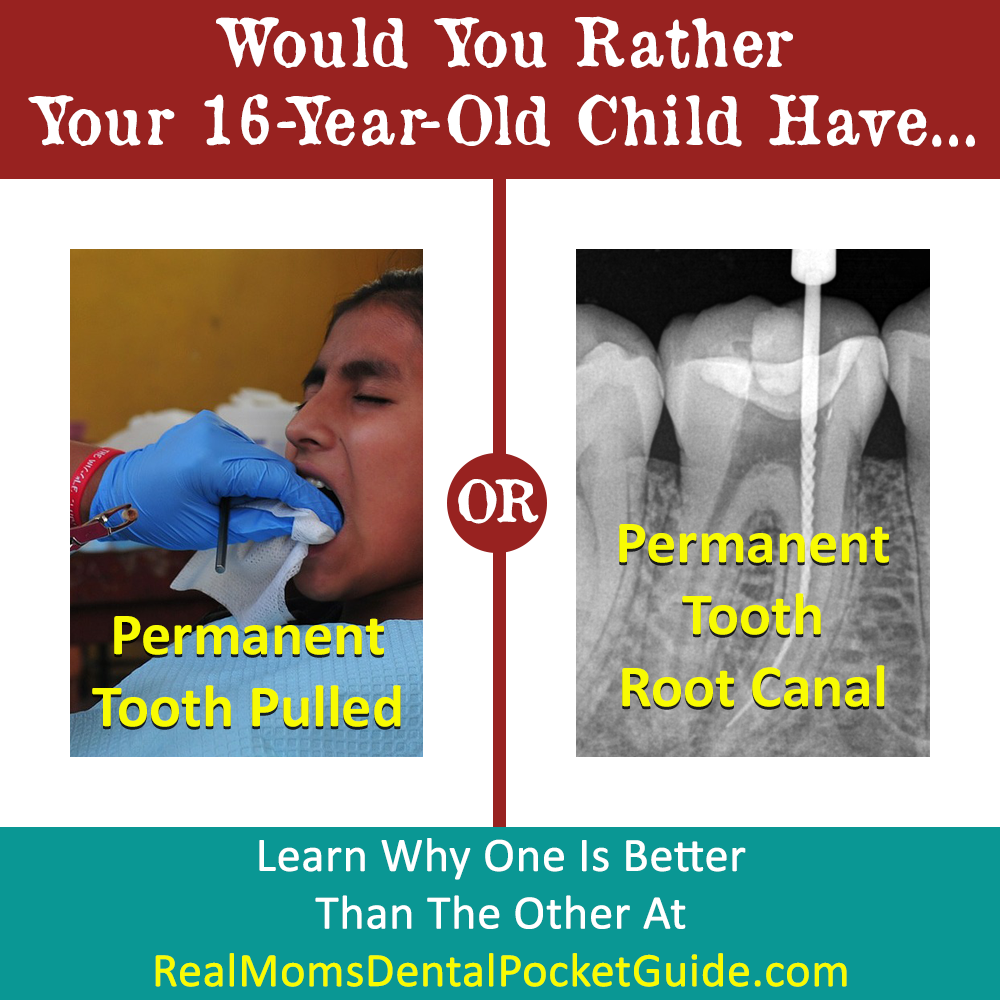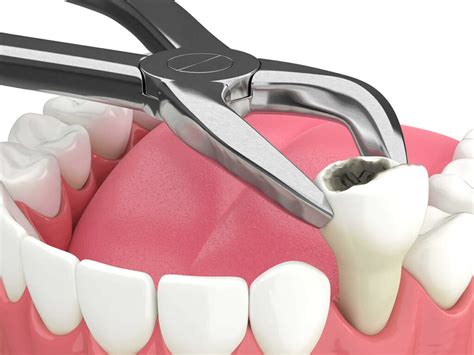Pulled Tooth Vs Root Canal

The age-old debate between a pulled tooth and a root canal has sparked intense discussion among dental professionals and patients alike. While both procedures have their own set of advantages and disadvantages, it’s essential to delve into the specifics of each to determine which one is the better option for your oral health. In this article, we’ll explore the ins and outs of pulled teeth and root canals, examining the procedures, benefits, and drawbacks of each.
Understanding the Procedures
A pulled tooth, also known as a tooth extraction, involves the removal of a tooth from its socket in the jawbone. This procedure is usually performed when a tooth is severely damaged, decayed, or infected, and cannot be saved. On the other hand, a root canal is a procedure aimed at saving a tooth by removing the infected or damaged pulp, cleaning and shaping the root canal, and filling it with a special material to prevent further infection.
Pulled Tooth: Benefits and Drawbacks
A pulled tooth can be a relatively quick and straightforward procedure, often completed in a single visit to the dentist. The benefits of a pulled tooth include:
- Fast relief from pain: A pulled tooth can provide immediate relief from toothache pain, which can be a significant advantage for patients struggling with severe discomfort.
- Lower cost: Tooth extractions are generally less expensive than root canals, making them a more affordable option for budget-conscious patients.
- Simple procedure: The procedure itself is relatively simple, and the recovery time is usually short.
However, there are also some drawbacks to consider:
- Loss of tooth function: When a tooth is pulled, it can affect the surrounding teeth and the overall structure of the mouth, leading to issues with chewing, speaking, and bite alignment.
- Aesthetic concerns: A missing tooth can impact the appearance of the smile, potentially affecting self-confidence and self-esteem.
- Bone loss: The empty socket left by a pulled tooth can lead to bone loss and resorption over time, which can cause further complications.
Root Canal: Benefits and Drawbacks
A root canal, on the other hand, is a more complex procedure that aims to save the tooth. The benefits of a root canal include:
- Tooth preservation: A root canal allows patients to keep their natural tooth, maintaining the integrity of the mouth and preventing the need for more extensive restorative work.
- Long-term solution: A successfully completed root canal can last for many years, providing a long-term solution for tooth decay or infection.
- Pain relief: A root canal can also provide relief from toothache pain, although the procedure itself may take longer to complete than a pulled tooth.
However, there are also some drawbacks to consider:
- Complex procedure: A root canal is a more involved procedure that requires specialized training and equipment, which can increase the cost and duration of the treatment.
- Multiple visits: A root canal often requires multiple visits to the dentist, which can be time-consuming and inconvenient for patients with busy schedules.
- Potential for complications: As with any dental procedure, there is a risk of complications or failures with root canals, which can lead to further treatment or even tooth extraction.
Comparing the Two: Pulled Tooth vs Root Canal
When deciding between a pulled tooth and a root canal, it’s essential to consider the specific circumstances of each case. A pulled tooth may be the better option when:
- The tooth is severely damaged: If the tooth is beyond repair, a pulled tooth may be the most straightforward and cost-effective solution.
- The patient is budget-conscious: Tooth extractions are generally less expensive than root canals, making them a more affordable option for patients on a tight budget.
- The patient is looking for a quick fix: A pulled tooth can provide fast relief from toothache pain, which can be a significant advantage for patients seeking immediate relief.
On the other hand, a root canal may be the better option when:
- The tooth can be saved: If the tooth is still viable, a root canal can provide a long-term solution that preserves the natural tooth and maintains the integrity of the mouth.
- The patient wants to maintain tooth function: A root canal allows patients to keep their natural tooth, which is essential for chewing, speaking, and maintaining bite alignment.
- The patient is willing to invest in their oral health: A root canal may require more time, money, and effort, but it can provide a long-term solution that pays off in the end.
Conclusion
In conclusion, the debate between a pulled tooth and a root canal is not a straightforward one. While both procedures have their advantages and disadvantages, the best option for each patient will depend on their individual circumstances, priorities, and oral health goals. By understanding the procedures, benefits, and drawbacks of each, patients can make informed decisions about their oral health and choose the best course of treatment for their unique needs.
Frequently Asked Questions
What is the average cost of a pulled tooth vs a root canal?
+The average cost of a pulled tooth can range from 75 to 200, while the average cost of a root canal can range from 500 to 1,500. However, these costs can vary depending on the location, dentist, and complexity of the procedure.
How long does it take to recover from a pulled tooth vs a root canal?
+The recovery time for a pulled tooth is usually short, with most patients able to return to normal activities within a few days. The recovery time for a root canal can take longer, with some patients experiencing sensitivity or discomfort for several days or even weeks after the procedure.
Can a pulled tooth be replaced with a dental implant or bridge?
+Are there any risks or complications associated with a pulled tooth or root canal?
+Yes, there are risks and complications associated with both pulled teeth and root canals. These can include infection, dry socket, and nerve damage, among others. However, these risks can be minimized by working with an experienced dentist and following proper aftercare instructions.
How can I prevent the need for a pulled tooth or root canal in the future?
+Preventing the need for a pulled tooth or root canal requires good oral hygiene practices, including regular brushing, flossing, and dental checkups. Additionally, avoiding sugary or acidic foods and drinks, as well as wearing a mouthguard during sports or other high-impact activities, can help reduce the risk of tooth decay or injury.
